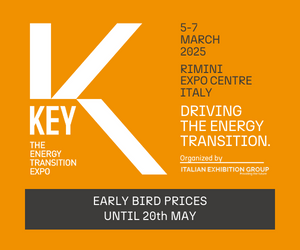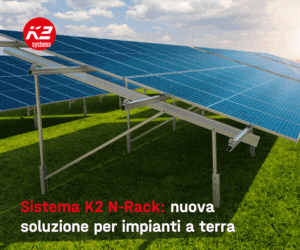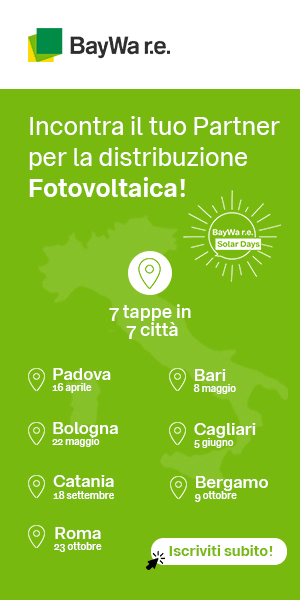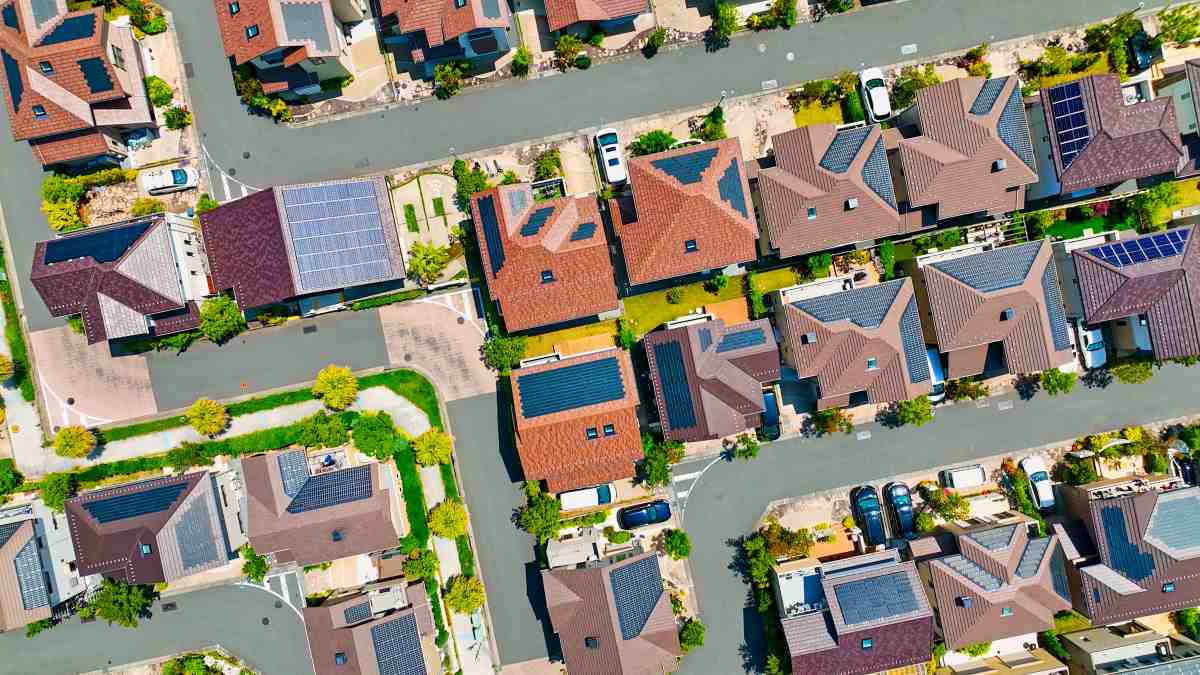Five years ago, they were toasting because in Baviera, the largest Land in Germany with 12.5 million inhabitants, photovoltaic systems covered 1% of the electricity demand. This year solar energy will probably satisfy more than 10% of the German region’s demand. There are now over 300,000 photovoltaic systems for a total power supply of more than 7,000 MW. Baviera’s objective is to satisfy 16% of the demand within 2020, but everything indicates that the result will go beyond the target. In the meantime, in the central hours of the day on weekends in the summer, photovoltaic production exceeds the entire demand. The graph shows the percentage of Baviera’s electricity demand covered by photovoltaic energy, which is estimated as having been 8% in 2011.
 The huge flow of solar energy is beginning to create problems for the distributors who are preparing to face the situation. That’s why the subject of smart grids has become a hot topic.
The huge flow of solar energy is beginning to create problems for the distributors who are preparing to face the situation. That’s why the subject of smart grids has become a hot topic.
This situation does not only regard Germany, but also Italy, which at the end of the year had wind and sun power of 23,000 MW and which will have to manage an intermittent electricity production of more than 10% of the country’s demand. The lines of action being developed are diverse. Enel and Terna are already spending half a billion euro to equip themselves with advanced electrochemical storage systems, thus playing a leading role at European level.
But we will soon see solutions that also act on the demand side. Several trials are now in progress at international level.In Mason County in the State of Washington, for example, the use of electric boilers is being tested to favour the issue of wind energy into the grid. The electrical elements of the boilers are activated according to the needs of the grid.To provide the same service, the small sample examined showed a 90% reduction in energy requests at peak time and a 78% increase in the use of energy from renewable sources. Another experiment is being carried out in Texas, the leading USA state for wind energy with over 10,000 MW installed, where Austin Energy is experimenting the control of the air conditioning systems.
In short, the intelligent grid governance era has arrived.This is a sector in which Italy, Germany and some of the USA states can acquire very valuable experience as trailblazers in a market which is destined to undergo very fast growth with the widespread adoption of energy from renewable sources.


































